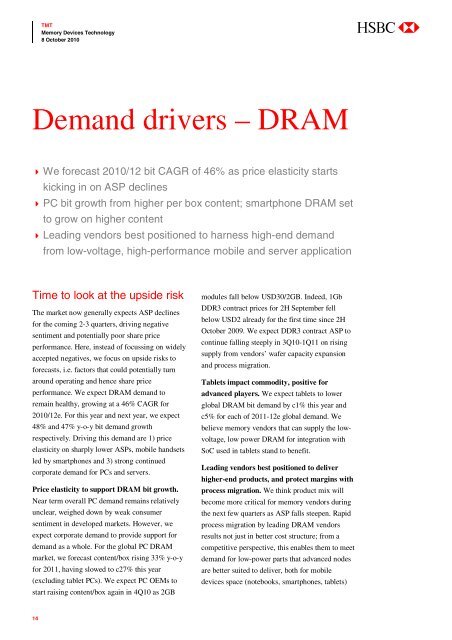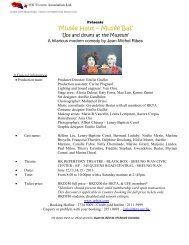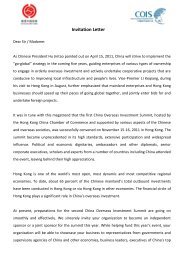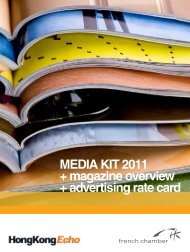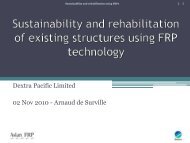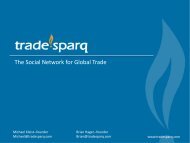Create successful ePaper yourself
Turn your PDF publications into a flip-book with our unique Google optimized e-Paper software.
TMT<br />
<strong>Memory</strong> Devices Technology<br />
8 October 2010<br />
abc<br />
Demand drivers – DRAM<br />
We forecast 2010/12 bit CAGR of 46% as price elasticity starts<br />
kicking in on ASP declines<br />
PC bit growth from higher per box content; smartphone DRAM set<br />
to grow on higher content<br />
Leading vendors best positioned to harness high-end demand<br />
from low-voltage, high-performance mobile and server application<br />
Time to look at the upside risk<br />
The market now generally expects ASP declines<br />
for the coming 2-3 quarters, driving negative<br />
sentiment and potentially poor share price<br />
performance. Here, instead of focussing on widely<br />
accepted negatives, we focus on upside risks to<br />
forecasts, i.e. factors that could potentially turn<br />
around operating and hence share price<br />
performance. We expect DRAM demand to<br />
remain healthy, growing at a 46% CAGR for<br />
2010/12e. For this year and next year, we expect<br />
48% and 47% y-o-y bit demand growth<br />
respectively. Driving this demand are 1) price<br />
elasticity on sharply lower ASPs, mobile handsets<br />
led by smartphones and 3) strong continued<br />
corporate demand for PCs and servers.<br />
Price elasticity to support DRAM bit growth.<br />
Near term overall PC demand remains relatively<br />
unclear, weighed down by weak consumer<br />
sentiment in developed markets. However, we<br />
expect corporate demand to provide support for<br />
demand as a whole. For the global PC DRAM<br />
market, we forecast content/box rising 33% y-o-y<br />
for 2011, having slowed to c27% this year<br />
(excluding tablet PCs). We expect PC OEMs to<br />
start raising content/box again in 4Q10 as 2GB<br />
modules fall below USD30/2GB. Indeed, 1Gb<br />
DDR3 contract prices for 2H September fell<br />
below USD2 already for the first time since 2H<br />
October 2009. We expect DDR3 contract ASP to<br />
continue falling steeply in 3Q10-1Q11 on rising<br />
supply from vendors’ wafer capacity expansion<br />
and process migration.<br />
Tablets impact commodity, positive for<br />
advanced players. We expect tablets to lower<br />
global DRAM bit demand by c1% this year and<br />
c5% for each of 2011-12e global demand. We<br />
believe memory vendors that can supply the lowvoltage,<br />
low power DRAM for integration with<br />
SoC used in tablets stand to benefit.<br />
Leading vendors best positioned to deliver<br />
higher-end products, and protect margins with<br />
process migration. We think product mix will<br />
become more critical for memory vendors during<br />
the next few quarters as ASP falls steepen. Rapid<br />
process migration by leading DRAM vendors<br />
results not just in better cost structure; from a<br />
competitive perspective, this enables them to meet<br />
demand for low-power parts that advanced nodes<br />
are better suited to deliver, both for mobile<br />
devices space (notebooks, smartphones, tablets)<br />
14


